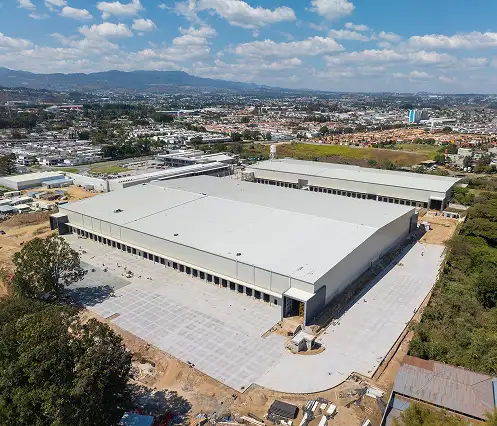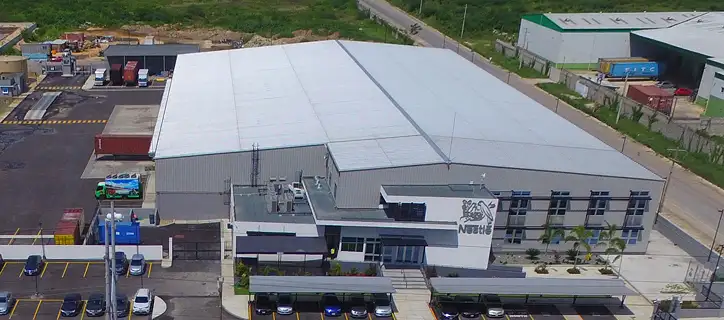Proper orientation helps pre-engineered metal buildings resist wind, improve energy efficiency, and maximize natural lighting. Thoughtful positioning can lower heating and cooling costs while increasing overall durability and sustainability.
When planning a pre-engineered steel building, most people focus on size, layout, or exterior finishes, but one key factor often flies under the radar: orientation.
It might seem like a minor detail, but the direction your building faces can have a major impact on performance, energy efficiency, and even long-term costs. At our company, we believe orientation isn’t just a box to check. It’s a strategic design choice that enhances the durability and functionality of your metal building from day one.
Why Orientation Matters in Metal Buildings
Pre-engineered metal buildings (PEMBs) are known for their strength, flexibility, and cost-efficiency. But they become even more powerful when paired with smart design decisions, starting with how the building is placed on the site.
Orientation affects how your building responds to wind, sun, and weather over time. Considerations like wind resistance, natural lighting, and energy use aren’t just theoretical; they’re directly influenced by the building’s positioning. Thoughtful orientation leads to:
- Improved structural performance
- Lower heating and cooling costs
- Enhanced daylighting and comfort
- Greater sustainability
Let’s explore how each of these benefits plays out in real-world applications.
1. Maximizing Wind Resistance
Steel buildings are engineered to withstand significant wind loads, but orientation can affect how evenly those forces are distributed. For instance, aligning the building with prevailing winds can reduce the risk of uplift and uneven pressure on walls and roofing panels.
This matters most in regions prone to strong winds, hurricanes, or tornadoes. Properly orienting the building to allow wind to flow around rather than directly against broad walls can reduce stress on the structure and improve longevity.
Our engineering team evaluates regional wind patterns and uses advanced modeling to ensure your metal building is optimized for safety and performance.
See Our Work In Action
From concept to completion, Allied Steel delivers results you can count on. Explore our recent projects to see the strength, precision and performance we bring to every build.

2. Leveraging Sunlight for Daylighting and Efficiency
Natural lighting can make a big difference in how a building feels and functions. When a steel building is oriented to take advantage of the sun’s path, daylighting becomes a built-in benefit, reducing the need for artificial lighting during the day and enhancing comfort for occupants.
For example:
- East-west orientation allows sunlight to enter evenly throughout the day, especially when paired with skylights or clerestory windows.
- North-south orientation can help regulate solar heat gain, with the south side receiving the most sun exposure, ideal for solar panels or passive heating in colder climates.
Whether you’re building a warehouse, retail space, or office, taking advantage of sunlight isn’t just about aesthetics. It’s about energy savings and occupant well-being.
3. Reducing Heating and Cooling Loads
Sun exposure isn’t just about light. It directly impacts temperature control. In steel buildings, where insulation and ventilation are key to maintaining a comfortable interior, orientation plays a supporting role.
By strategically positioning your building to minimize unwanted solar heat gain in summer and maximize it in winter, you can reduce reliance on HVAC systems and lower utility costs. Combine this with energy-efficient panels and proper insulation, and your metal building becomes a powerhouse of performance and efficiency.
We help customers evaluate seasonal sun angles and climate data to determine the optimal orientation for their region and building type.
4. Supporting Sustainable Building Goals
Sustainability is more than a buzzword. It’s a growing priority for businesses, schools, and organizations looking to reduce their environmental impact. Steel buildings already offer eco-friendly benefits like recyclable materials and long-lasting components. But orientation adds another layer to this green profile.
By maximizing natural light and improving airflow, a well-oriented metal building reduces the need for artificial lighting and climate control. That translates to lower energy consumption, fewer emissions, and a building that works in harmony with its environment.
For clients pursuing LEED certification or other green building standards, proper orientation is a foundational step toward meeting those goals.
Engineered for Complexity - Built for Performance
WHEN STANDARD SOLUTIONS WON’T CUT IT ALLIED STEEL DELIVERS.
Learn how our hybrid designs combine the efficiency of pre-engineered steel with the flexibility of conventional methods to meet the demands of complex projects.

Planning with Purpose
The good news? You don’t have to figure this all out on your own. When you work with an experienced steel building provider, orientation is baked into the design process. From site planning to engineering, we help you consider:
- Wind patterns and climate data
- Sun path and seasonal changes
- Nearby structures, landscaping, and topography
- Functional needs like delivery access, loading bays, and entrances
Our goal is to create a steel building that’s as smart and efficient as it is strong and attractive.
Final Thoughts
Orientation may not be the flashiest aspect of your steel building project, but it’s one of the most important. By taking the time to plan your building’s position on the site, you unlock long-term benefits that improve performance, reduce costs, and support sustainability.
Whether you’re building a warehouse, gym, office, or agricultural facility, we’re here to guide you through every step, from framing to finishing touches, and yes, even orientation. Because in metal building design, every detail counts.
